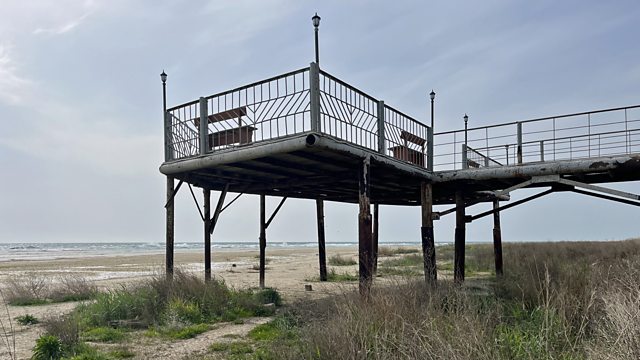Assignment: The Caspian crisis
Antonia Bolingbroke-Kent travels to Kazakhstan to find out why the Caspian Sea is shrinking and what it means for the region.
The Caspian Sea is the largest inland body of water in the world. Bordered by Kazakhstan, Russia, Iran, Turkmenistan and Azerbaijan it spans 371,000 square kilometres and bridges Europe and Central Asia. It鈥檚 fed mainly by Russia鈥檚 Volga and Ural rivers and the sea is not only rich in oil and gas but is also home to numerous rare and endemic species, including the Caspian seal and 90% of the world鈥檚 remaining wild sturgeon. But the Caspian Sea is in crisis. Climate change and the damming of Russia鈥檚 rivers are causing the coastline to recede at an alarming rate. The sea鈥檚 levels have fallen by a metre in the last 4 years, a trend likely to increase. Recent studies have shown that the levels could drop between 9 and 18 metres by 2100. Last June Kazakh government officials declared a state of emergency over the Caspian. Iran has also raised the alarm with the UN. Antonia Bolingbroke-Kent travels to Kazakhstan for Assignment to report from the shores of the Caspian Sea on what can be done to prevent an environmental disaster.
Featured
-
.
Podcast
-
![]()
The Documentary Podcast
A window into our world. Investigating and reporting true stories from everywhere


